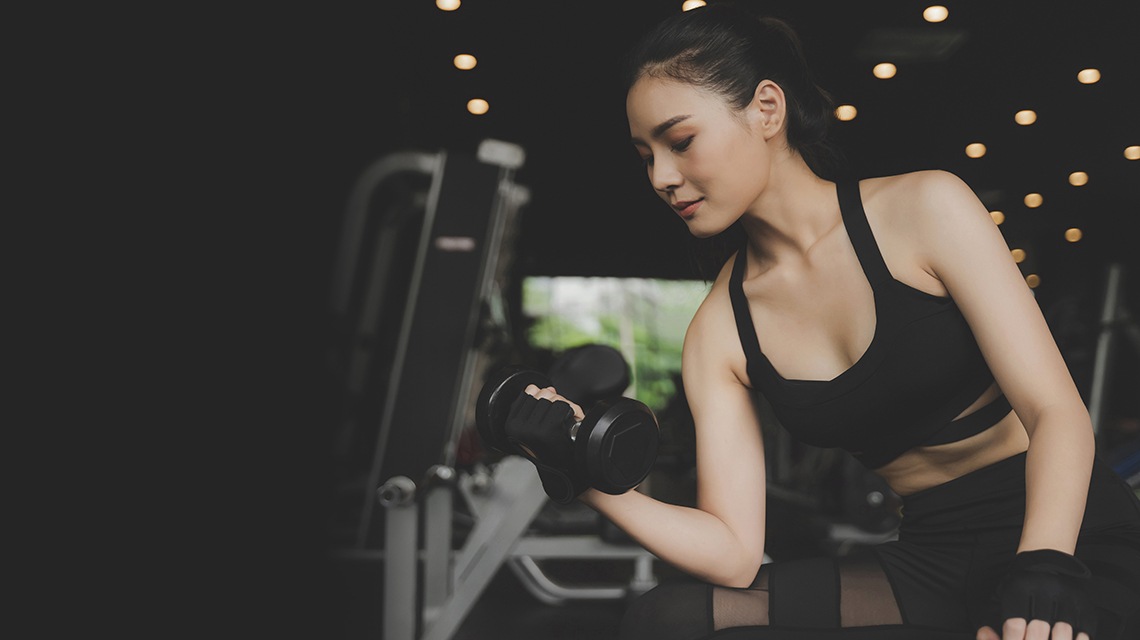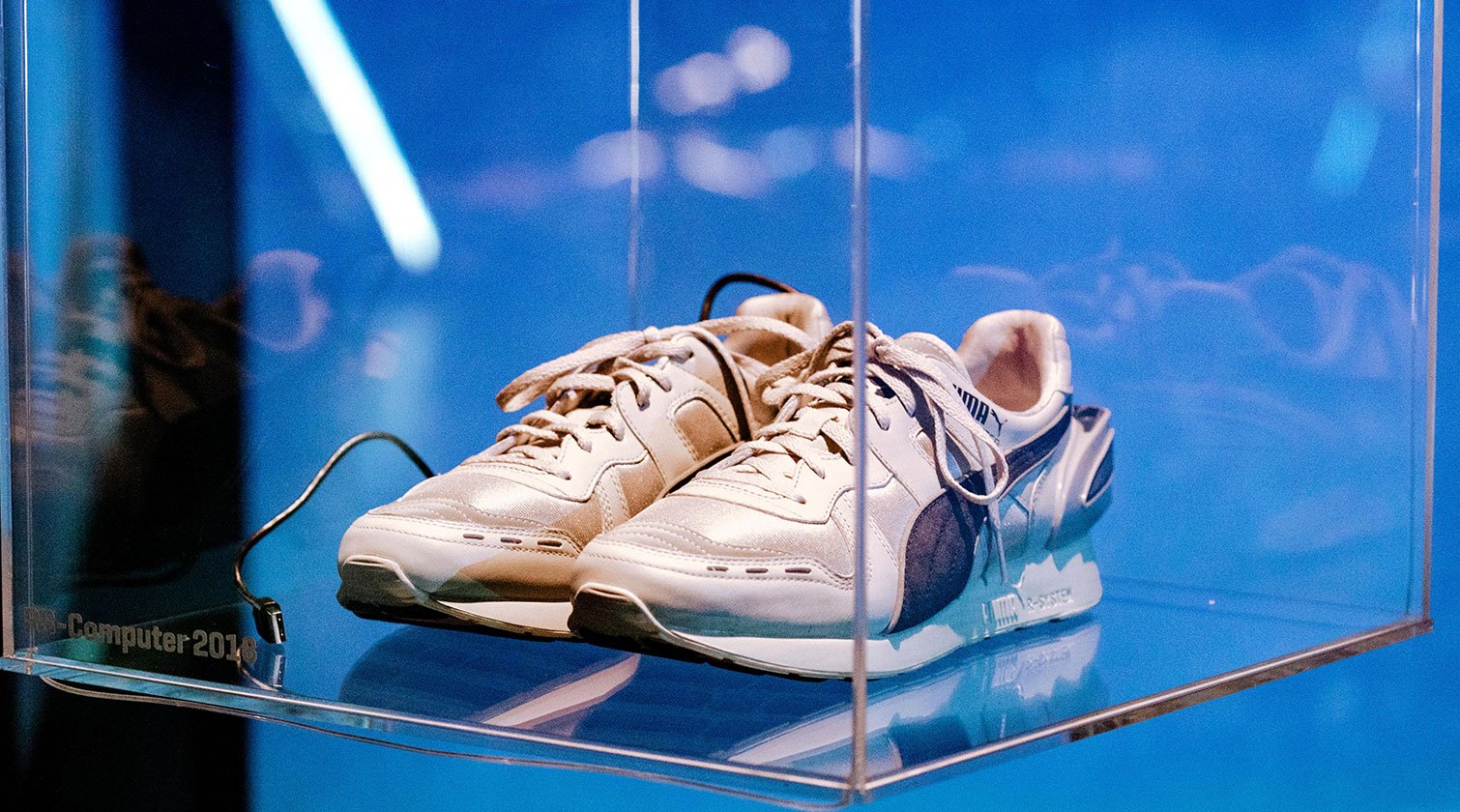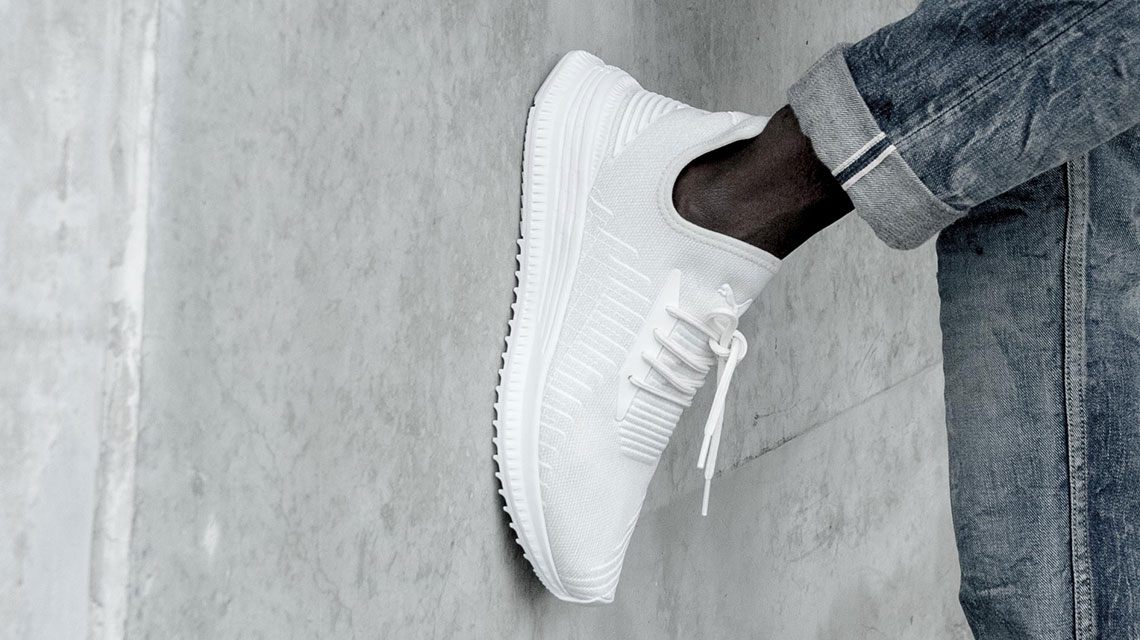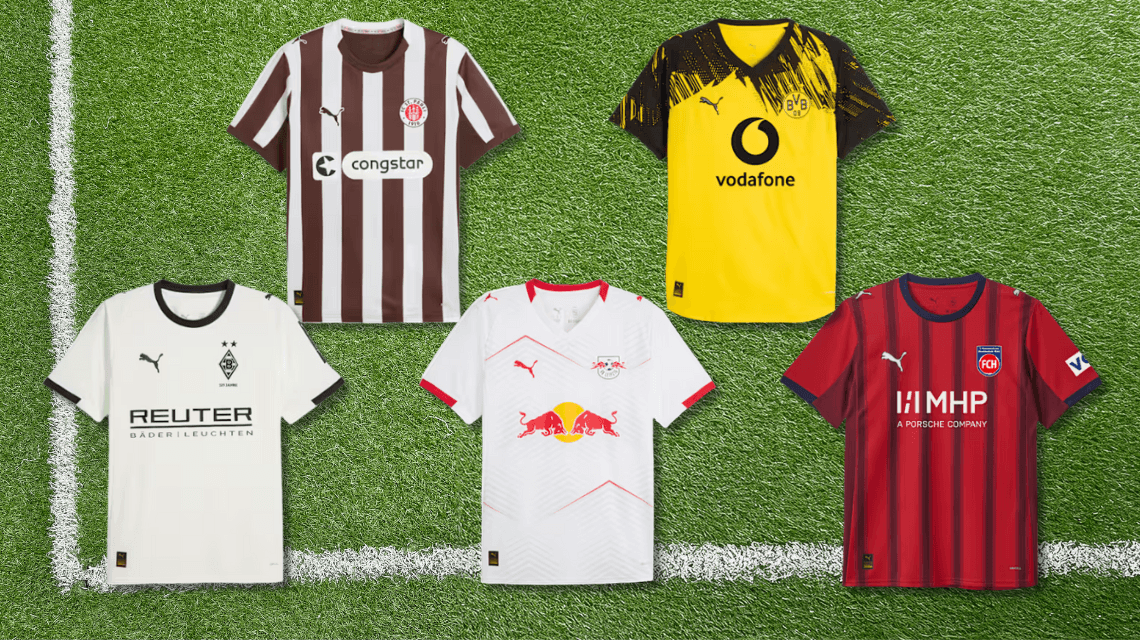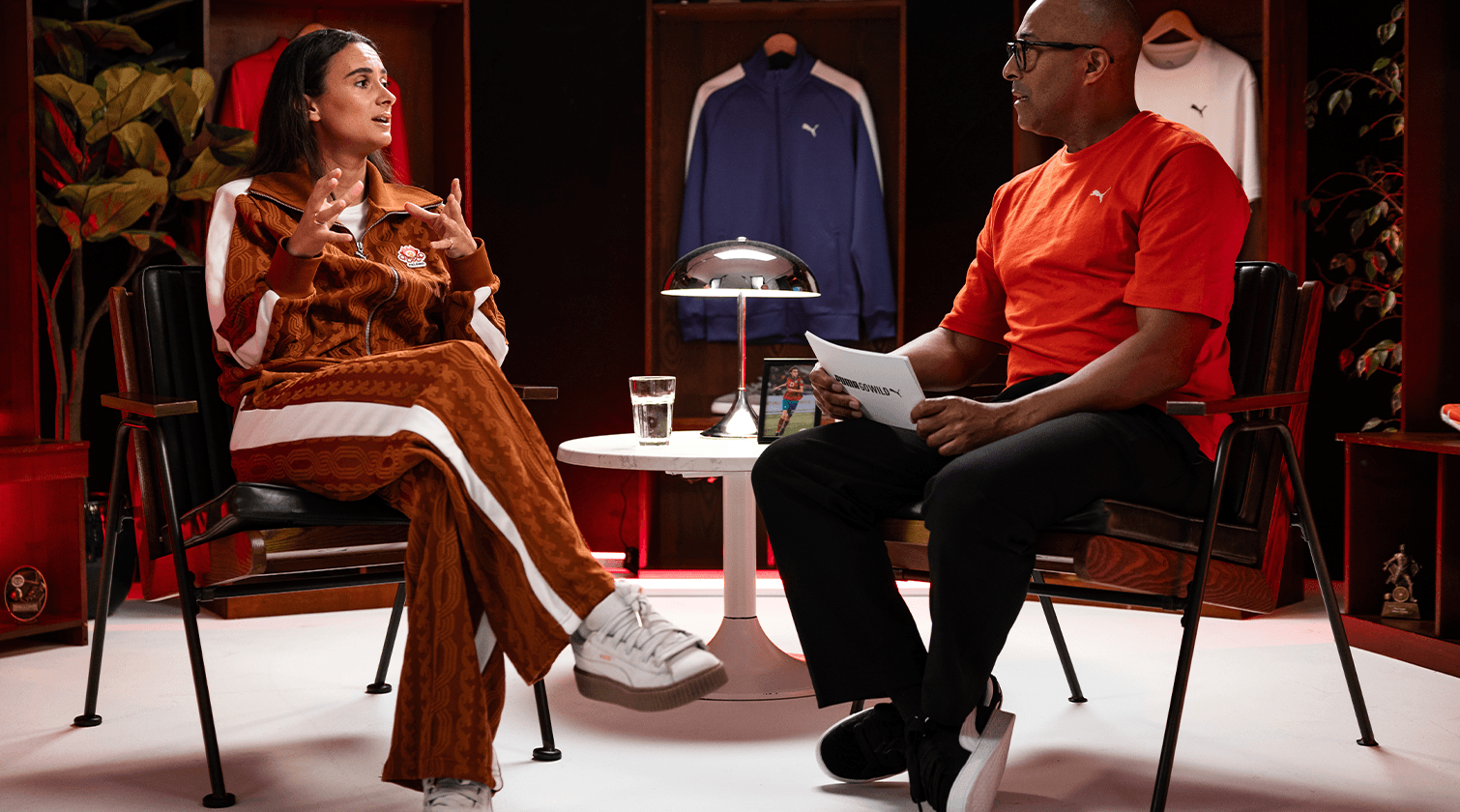
WHY IS IT IMPORTANT?
A warm up prepares you both physically and mentally for the activity ahead. The two major physical benefits to a quality warm up are injury prevention and enhanced performance. A good warm up is all about priming muscles for movement by increasing blood flow and therefore oxygen supply while also raising muscle temperature resulting in improved flexibility and movement efficiency. This prepares the body for exercise and helps to improve performance by firing up the central nervous system, which becomes especially important for high intensity training. By priming the connections between your nerves and muscles you will be able to be faster and stronger during your training. A combination of dynamic stretches and low intensity cardiovascular movement allows for greater range of motion, reducing stress on tendons and joints while prepping the circulatory and respiratory systems for the activity to come. A 5-10 minute warm up is found to be especially beneficial for endurance, sprint and strength activities.
Tips:
– Use a warm up to gradually build into a workout
– Warm up for 5 to 10 minutes. The more intense the activity, the longer the warm-up
– Make it dynamic: Ease into whatever activity you plan on doing (running, walking, cycling, etc.) by starting at a much slower pace (jog, walk slowly)
– Start with large muscle groups e.g. Hamstrings/glutes before moving to smaller more specific muscles or movement patterns
– Try to use your entire body
Running warm up:
Walk briskly for 5 minutes to increase blood flow and muscle temperature, followed by specific mobility and activation exercises to help improve performance.
E.g.
10 x dynamic lunge with rotation
90s dynamic adductor stretch
90s dynamic pigeon stretch
20 x hip thrust
20 x single leg calf raise
Full body weight training warm up:
Low intensity cardio for 5 minutes to increase blood flow and muscle temperature, followed by specific mobility and activation exercises to help improve performance.
E.g.
2 rounds of:
5 x dynamic lunge with rotation
5 x down dog to up dog
5 x inchworm push ups
2 rounds of:
10 x scapula retractions in plank position
10 x hip thrusts
WHY IS IT IMPORTANT?
Taking the time to cool down after a session is all about maintaining flexibility and combating the stress placed on the body during vigorous training. Coming to an abrupt stop after intense exercise can make you feel dizzy or light-headed as your heart rate and blood pressure can drop dramatically. In some cases this can lead to feeling nauseas, passing out or in extreme cases could even lead to a heart attack. By slowly reducing your activity, you allow your body temperature and heart rate to return back to normal gradually. Stretching post workout, when your muscles are still warm may help to reduce lactic acid build up and reduce the impact of Delayed Onset of Muscle Soreness (DOMS).
Tips:
– Stretch when your muscles are warm. Stretching cold muscles may increase risk of injury
– Stretch at an intensity of no more than 6 out of 10. Pushing passed this point can have the opposite to intended effect and the excess stress may cause muscles to contract further
– Hold each stretch for a minimum of 30 seconds.
– Use passive stretching: Do not bounce
– Aim to keep your breath calm and even
Running cool down:
Walk for about 5 minutes and follow with a series of stretches for major muscle groups that were used during activity. Hold each stretch for approximately 30-60 seconds:
Hamstring stretches
Glutes stretch
Quadriceps stretch Calf stretch
Supine Twist Weight training cool down:
Choose a series of stretches that focus on the major muscle groups used. Try gentle stretches like shoulder rolls and hip rolls initially and then move into longer hold static stretches.
With a proper warm up and cool down you will increase your chances of consistent, quality training with efficient movement and improved recovery. To make the most of your training efforts, make time for a quality warm up and cool down. It can be the difference between high-performance training and being stuck on the bench with an injury that could have been easily avoided.

